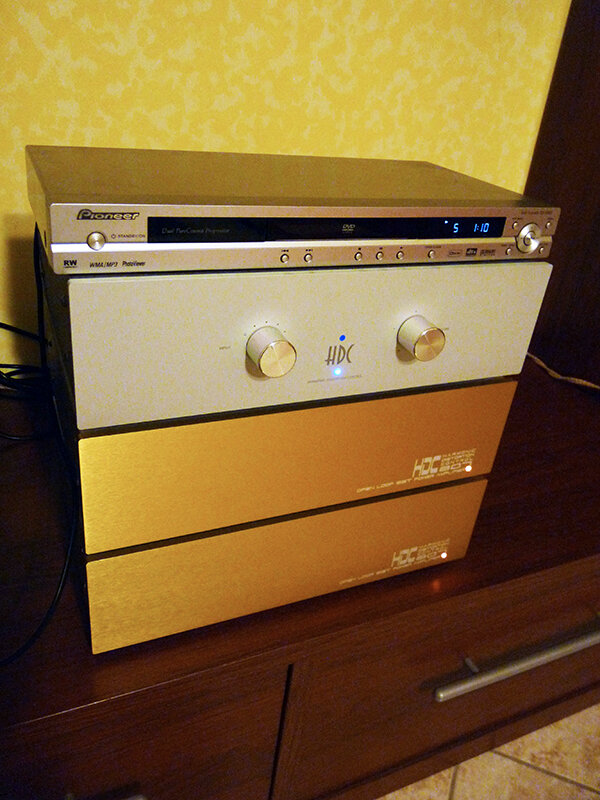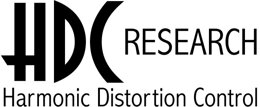HDC - THE LAB
* by Alfredo Di Pietro - www.nuke.nonsoloaudiofili.com
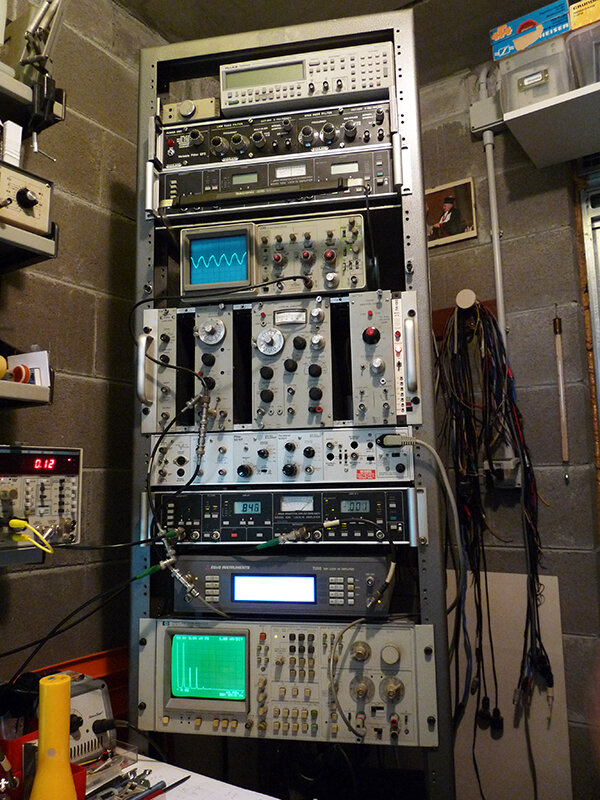
“Philips makes everything from resistors to hospital diagnostic machines, from razors to MRIs. Alongside my first approach to the Single Ended philosophy, I wanted to tackle the issue of even and odd harmonics. The 807 valves at 1.5 watts generate a 4% second harmonic distortion, which is quite predictable since a triode typically exhibits second-order nonlinearity. I then followed another guideline from Ken-Rad, which said: "Make the driver distort in counterphase with second harmonics, and it will be reduced in the final stage." This allowed me to keep the second harmonic around 2-3%, while if pushed, as I did at 2.5 watts, it would have reached 8-9%. Two years ago, I played the stereo power amplifier with the 807 tubes and another one with the 300B, the latter just finished, in a small room at the Milano Hi-Fidelity event by Stefano Zaini. During the exhibition, the spark struck—that is, the idea of setting up monophonic amplifiers using the same chassis. Why are the tubes mounted horizontally in those electronics? Because the 807 tubes have the anode on top, and how can you sell a product with the anode voltage (which is very high) easily within reach? This is where the horizontal layout solves the safety issue, as well as simplifying the construction of the cabinet.
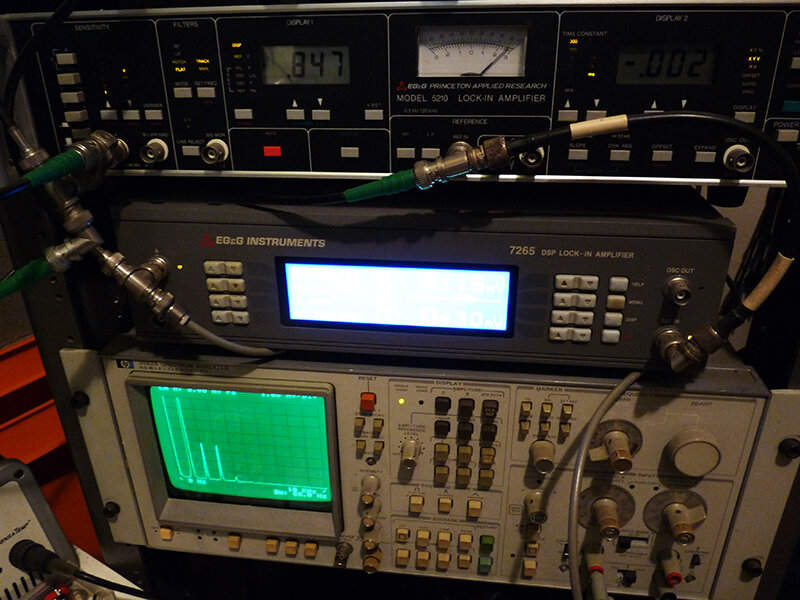

Unfortunately, with this configuration, the tubes can't be seen and to expose them, it’s necessary to remove the top; so, I’m also working to solve this issue and make the valves visible. Along the way, I realized that instead of the 807s, I could install any other tube, including the 300Bs, which are the most popular directly heated triodes. It’s not a trivial task to position the valves horizontally, and I don’t think anyone else does it, because the plane on which the grid lies must be perpendicular to the filament. If it tilts too much and the two elements come into contact, everything blows up. Additionally, I re-engineered, using the same case, the only preamplifier I’ve ever designed and built, which I believe sounds extraordinarily good. From a commercial standpoint, my effort is entirely artisanal, and the prices I set are calculated for a direct sales model, from the manufacturer to the customer, without any intermediaries. Of course, if the distribution changes, the prices go up. Over these years, my effort, including financial investment, has focused on producing ten devices. The challenge now is to give them visibility, make them known, and have people listen to them. That’s my goal from now on. In '96-'97, together with a friend, I created a brand called Spectra Sound, and it was during this time that the HDC acronym emerged, as a project name rather than as a brand in itself. The 621 model was a classic Push-Pull, delivering 62 watts per channel. Even here, the mechanics were very particular, but unfortunately, I had to shelve it for production because it ultimately turned out to be too expensive
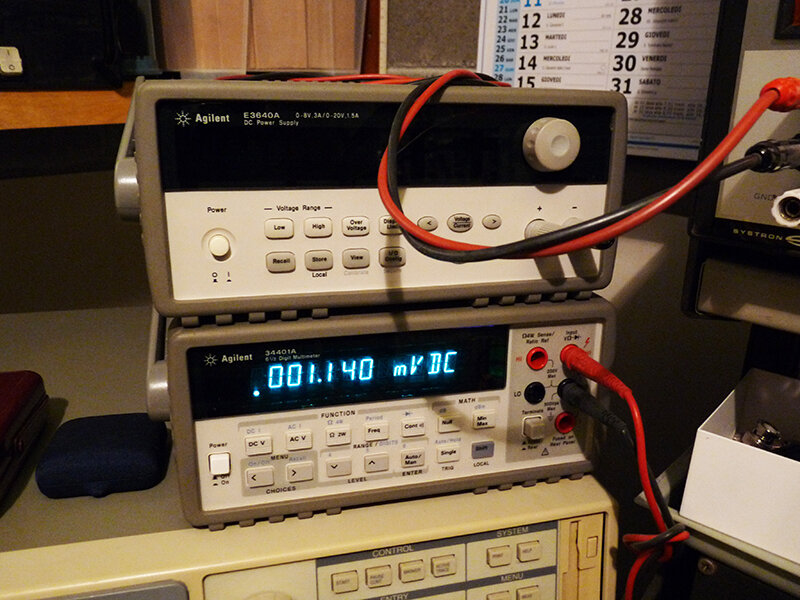
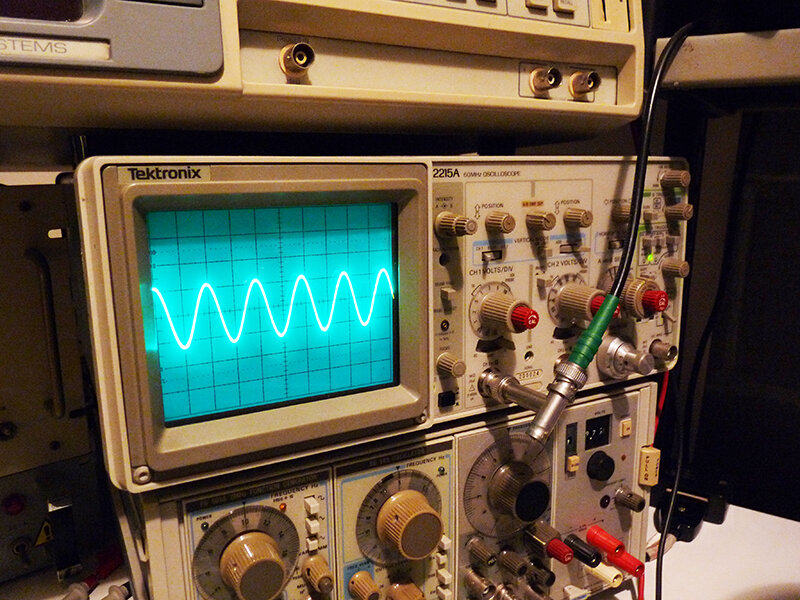
The 312 model was also a Push-Pull, using 6550 tubes and delivering 31 watts per channel on a 4-ohm load with 2% distortion. It featured a unique technical innovation, stemming from a theoretical-experimental exploration that no one else has implemented yet. Using two ten-turn potentiometers, it was possible to achieve continuous adjustment between the two extremes of Push-Pull and Single-Ended operation. Essentially, you could gradually transition from one configuration to the other. However, this came at the expense of output power, which would progressively decrease as you moved toward Single-Ended mode and vice versa. This approach emerged from work done at the university with a former colleague. From some old American magazines I have at home, I know that in 1996, Manley was producing monoblocks with 300Bs that had variable feedback in steps, from 0 to 10 dB, and a button to switch from a PP to a SE configuration.
In the end, it's an incredibly simple mechanism; the things that truly work are always the simplest ones. The transition from one configuration to the other leaves a noticeable imprint on the sound, progressively adding a second harmonic, which makes it more pleasing to the ear. I was so convinced of the quality of this concept that I thought it was commercially viable. So, the Spectra Sound HDC 312 was ready for production.
Together with a friend who financed me, mechanical engineer Patrizio Zemiti, who handled the mechanical parts of my devices, we participated in a trade show in Spoleto in 1997.
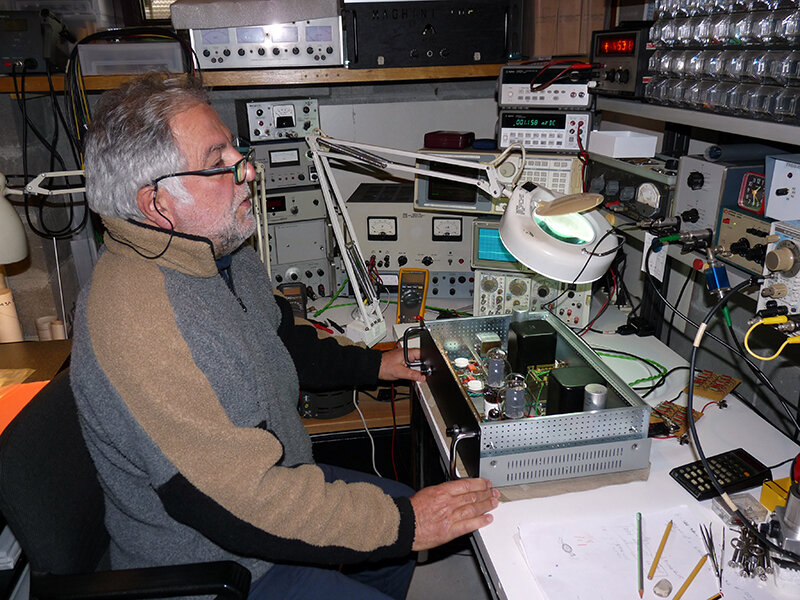
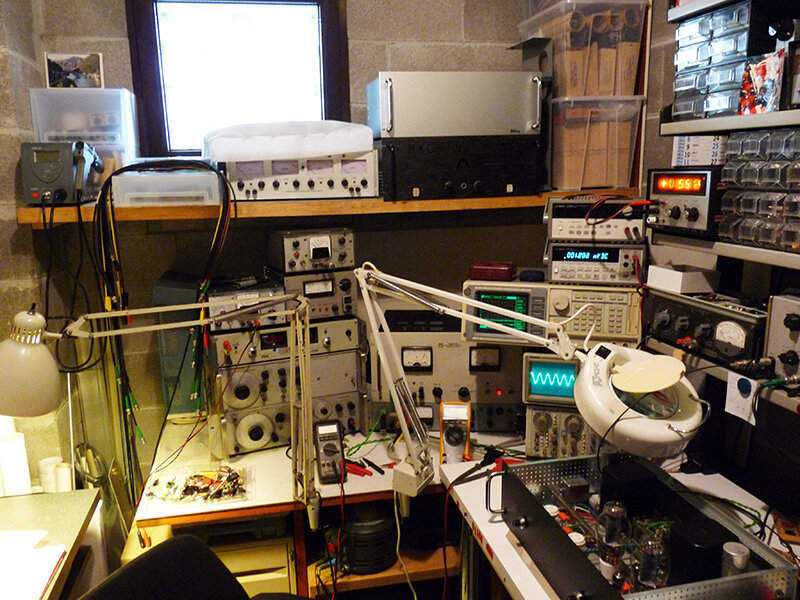
On that occasion, a brief article written by Gian Franco Maria Binari appeared in a magazine, though I can’t recall its name. The more recent developments began in 2012. What initiated the amplifiers of the latest line (HDC), the one I showcased at the Milano Hi Fidelity 2016 Autumn edition, essentially started with the last Top Audio event in 2012. Under the QVS by Norse brand, we presented a stereo power amplifier in Single-Ended configuration with very low power, just 2.5 watts using 807 valves connected as triodes. In the room, there were Berlin-made Voxativ Ampeggio speakers, single-driver models with a Full Range driver. Everything started from there, by chance. A prototype had been tested the previous year. Voxativ was coming to Italy for the first time and was participating in Stefano Zaini’s show, the last one held at the Jolly Hotel in Assago at Milano Fiori. After Zaini’s exhibition, I met some operators from a Milanese store who were open to a listening test. We connected some "licensed" LS3/5A speakers to my amplifiers and noted an absolutely exceptional tonal quality. The monoblocks are essentially a novelty. In a sort of last-minute project, I built the HDC 300B3 SE power amplifier I mentioned earlier, featuring three output tubes, which I managed to fit into the same cabinet used for all the other amplifiers. At the moment, I’m working on creating a top cover that is safer from a thermic perspective. It’s quite clear that this is essentially a heater, as each power tube dissipates 33 watts. Its uniqueness lies in the use of three 300Bs, and as far as I know, no one else is doing this besides me.
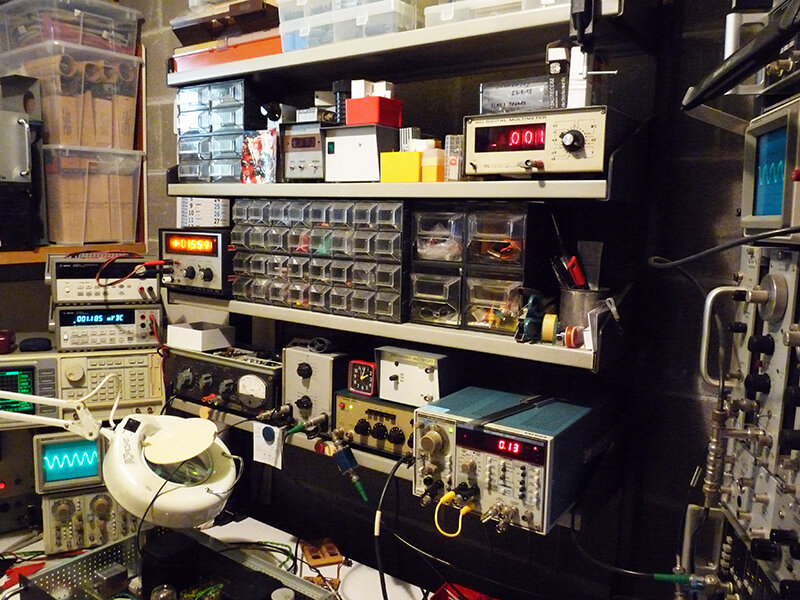
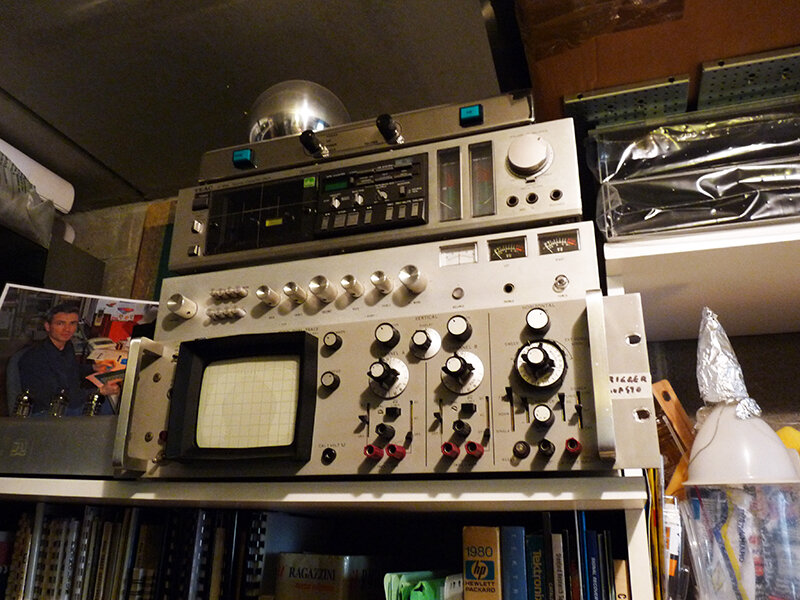
Well, I’ve taken on quite a challenge with myself, considering that I build all my devices entirely from scratch, without anyone's help, at every stage. It’s not simple at all to handle the mechanics; for instance, working with the workshop involves ensuring they understand how to design a drilling plan with laser cutting, or how to professionally bend metal sheets, manage engraving, and control surface finishes. Ultimately, there’s nothing extraordinary; in my devices, I use techniques that predominantly distort even-order harmonics. The acronym HDC (Harmonic Distortion Control) is fundamentally based on this concept, focusing solely on harmonic distortion, not intermodulation or transient distortion. In any case, I always adhere to the principle of a close correlation between measurements and listening experience. Once a device is finished, I bring it to the living room and listen to it with my reference speakers, which have always been the AR 3a. I’ve tested all my amplifiers with these speakers to maintain a stable comparison. At this point, I must give credit to Acoustic Research, another great passion of mine. The AR 3a is a speaker without limits: the cleaner the input you give it, the cleaner its sound. For my personal enjoyment, when I retired, I also bought a pair of LSTs (Laboratory Standard Transducers) from Sergio Marullo, featuring four midranges, four tweeters, and a woofer—the same components as the 3a.
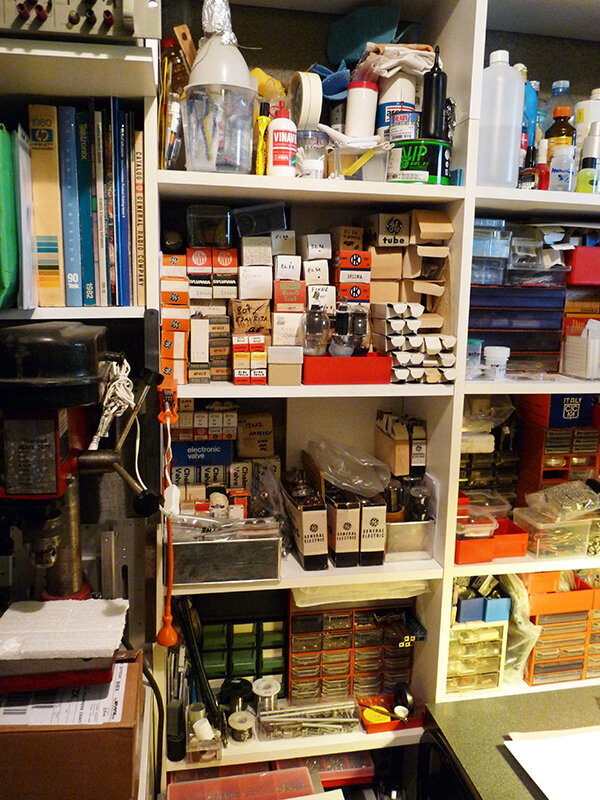
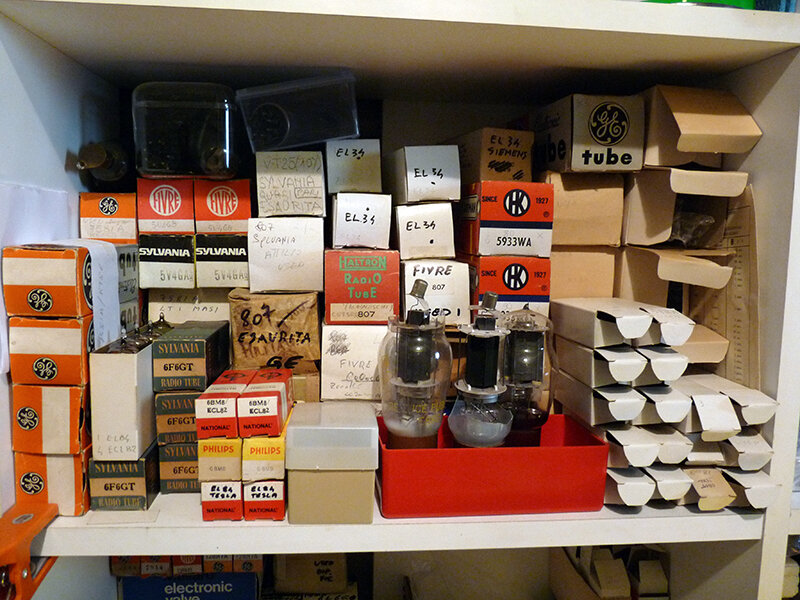
However, this is a speaker that is more challenging to drive because it is quite complex and needs a lot of power to function. Additionally, it features an autotransformer to adjust the woofer level relative to the midrange and tweeters. The AR 3a, on the other hand, contrary to popular belief, is not difficult to manage at all; a few tube-driven watts are enough to make it sound as it should. AR undertook a tremendous amount of research on the AR 3, which was later refined by Roy Allison into the 3a. The original AR 3 featured larger rigid domes made of phenolic material compared to those used in the 3a, while the woofer's outer suspension, equipped with an AlNiCo magnetic group, was made of treated cloth rather than foam.
That’s all!”
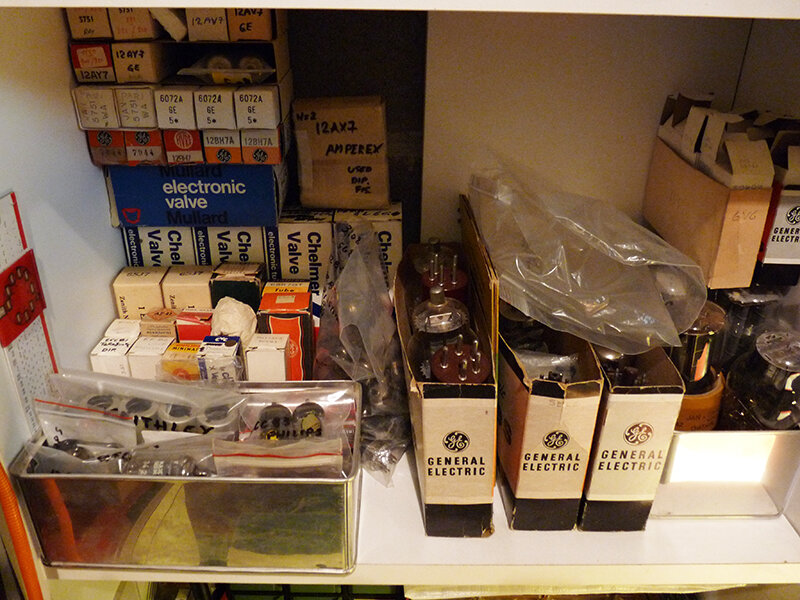

Author of the article: Alfredo Di Pietro – February 2017
Good things never die…
On a cold and foggy December day, I had the privilege of returning the visit paid to me by Dorino. It was like diving into an unforgettable past, full of beautiful sound and great emotions, the "sound" of my youth. After all, there aren’t many years separating him and me. Both of us, myself as an enthusiast and him as a technical designer, fully lived through the golden years of the high-fidelity boom. It comforts me to think that, despite the relentless passage of time, the great ideas that marked the beginning of high-fidelity haven’t died. After a period when they seemed forgotten, they’ve returned to shine in all their glory.
In Dorino, I discovered not only an incredibly skilled technician but also a true connoisseur of music. And what a thrill it was to hear again, after decades, the incredible sound of the AR 3a, driven by a stereo tube amplifier delivering just 2.5 watts per channel! A midrange of indescribable sweetness brought Luigi Tenco's wonderfully expressive voice back to Dorino’s living room, and in that moment, I suddenly understood the magic of a Single-Ended Triode.
I returned home with two HDC 807 amplifiers. I bridged them to achieve 5 watts of output—five small, wonderful watts that made my Canton LE 109s sing like never before. Along with them came the HDC 1A line preamplifier, which I connected not only to the two 807s but also to my two solid-state amplifiers. These, too, were greatly ennobled by a tone of exceptional sweetness and musicality.
